To be fair, spiders aren’t exactly everyone’s favourite.
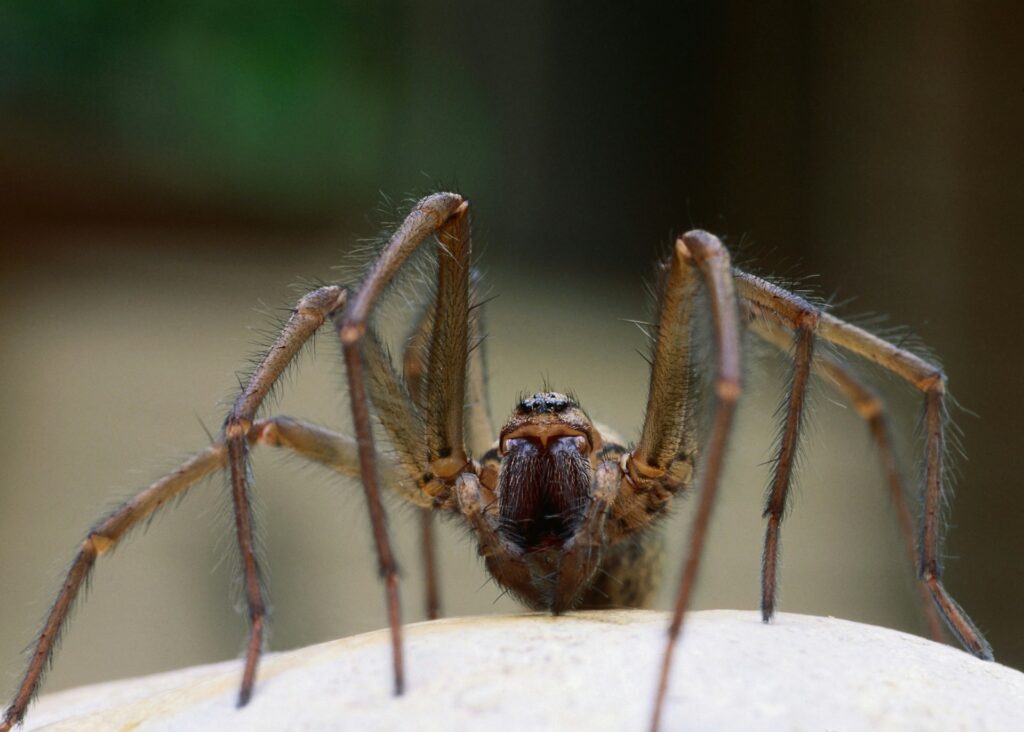
Even the tiny ones in the corner of the ceiling can make people uneasy. But while British spiders tend to be more annoying than dangerous, it’s a very different story elsewhere. In some parts of the world, a spider bite can leave you in hospital—or worse. So, before you grumble about that house spider in your bathtub, take a moment to be grateful you don’t have to check your shoes for these ones.
Sydney funnel-web spider (Australia)
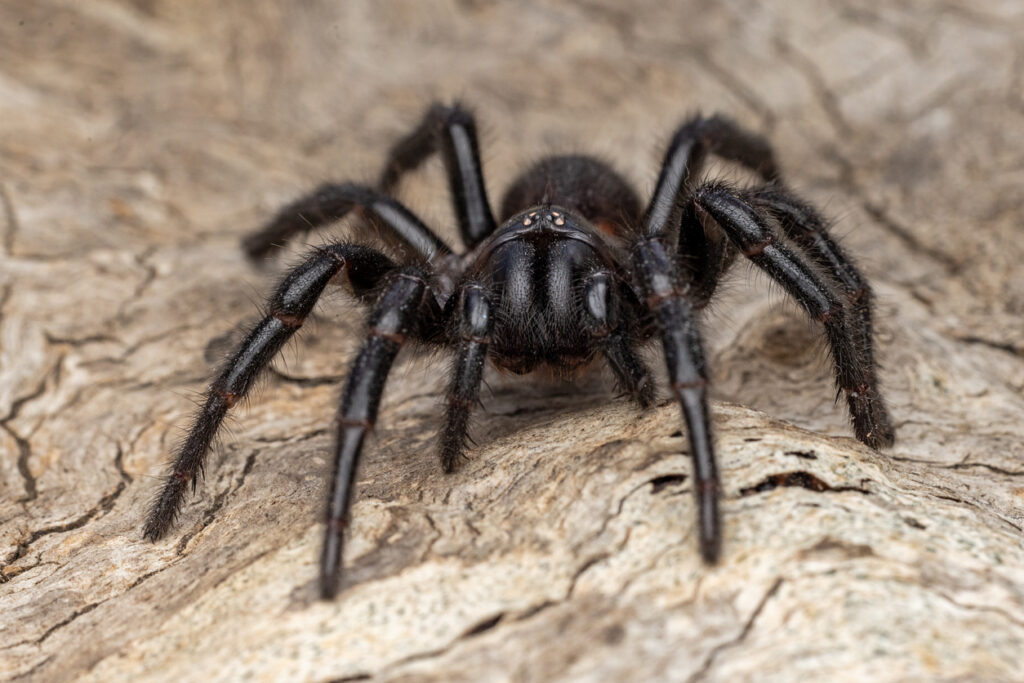
This spider has a bit of a reputation—and for good reason. Found around Sydney and parts of New South Wales, the funnel-web is fast, aggressive, and armed with venom strong enough to kill an adult human. What makes them even worse? They like to hide in shoes, clothes, and garden sheds. Their fangs can pierce through toenails, and a bite can lead to serious symptoms in minutes. There is an antivenom now, but it’s not something you want to rely on. Give us the docile UK house spider any day.
Brazilian wandering spider (South America)
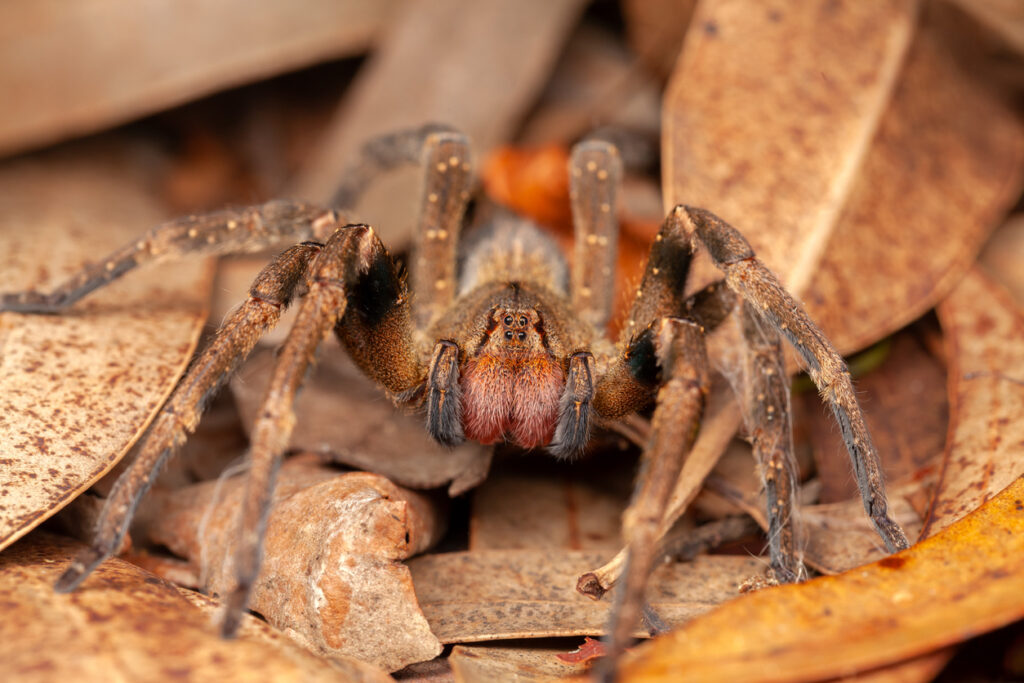
Sometimes known as the banana spider—because it’s turned up in banana shipments—this one is high on the “nope” list. It’s not just venomous, it’s restless. It doesn’t build a web or stay in one spot. Instead, it roams around at night, hiding in shoes, clothes, and dark corners. Its venom can cause intense pain, breathing problems, and in rare cases, death. It’s also known for triggering full-body panic just by being nearby. One bite is enough to send most people running for medical help—and understandably so.
Six-eyed sand spider (Africa)
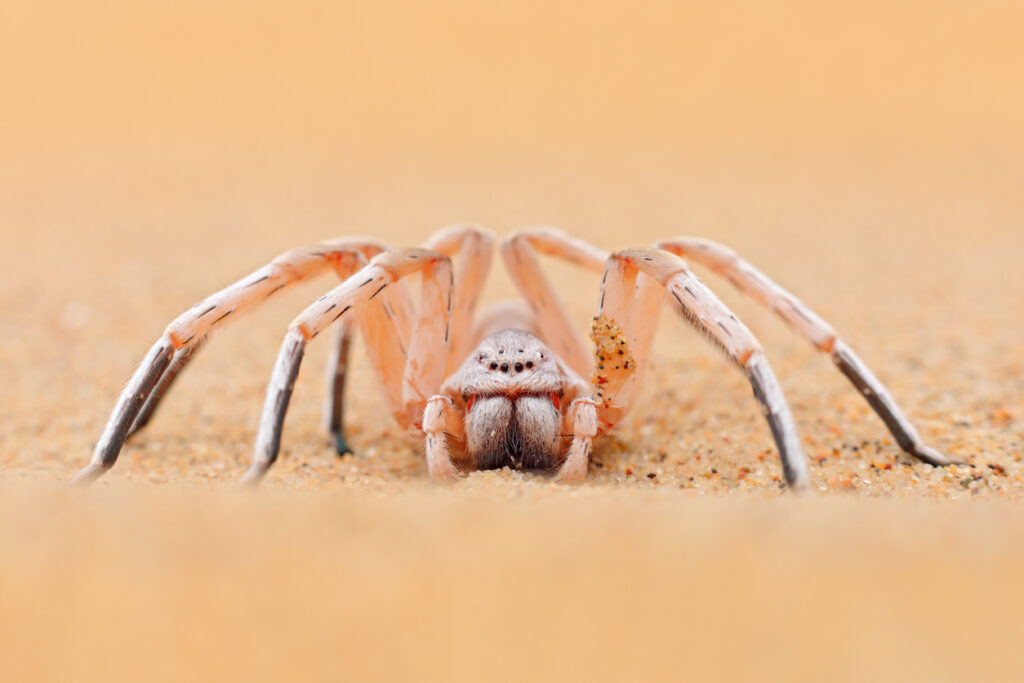
This spider lives in deserts and is excellent at hiding in plain sight. It buries itself in sand and waits, still and silent, for prey to come close. Its venom is powerful enough to kill tissue and cause internal bleeding, and while bites to humans are rare, they can be extremely serious when they do happen. There’s no known antivenom for this one, which makes it a spider best admired from afar—very far.
Redback spider (Australia)

A close relative of the black widow, the redback is small but incredibly dangerous. It likes warm, sheltered spaces like sheds, garages, and even under toilet seats. Its bite can cause sweating, muscle pain, nausea, and in severe cases, paralysis. Children and the elderly are especially vulnerable. Australia has antivenom available, but the bite still needs quick attention. It’s the kind of spider that turns everyday chores into a careful operation.
Chilean recluse spider (South America)
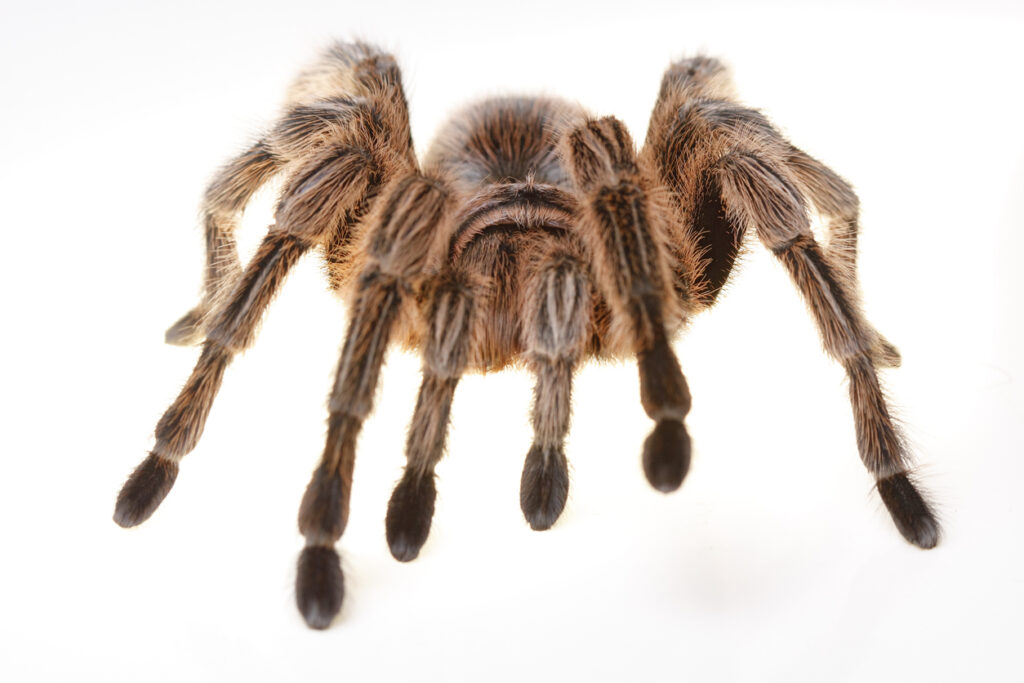
As the name suggests, this spider doesn’t go looking for trouble—but when it bites, it doesn’t hold back. The Chilean recluse produces a venom that destroys skin tissue and can leave large, slow-healing wounds. In very severe cases, it can affect the kidneys or cause death. What makes them particularly hard to avoid is their quiet nature. They hide in clothes, bedding, or behind furniture, and often bite people in their sleep. Not exactly a relaxing thought.
Chinese bird spider (China and Southeast Asia)
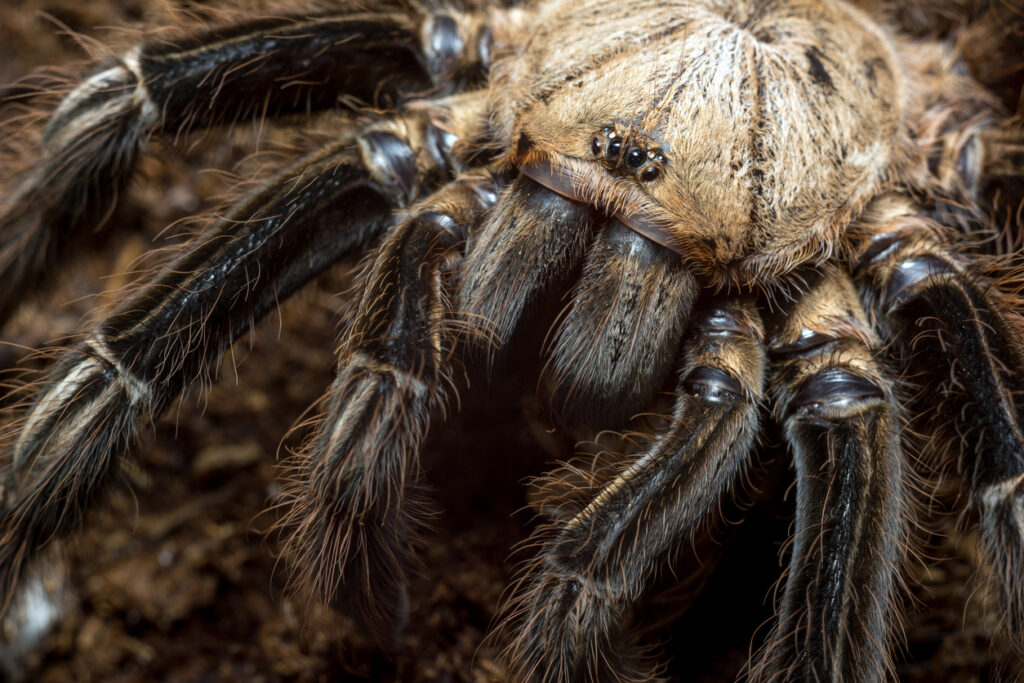
With a body the size of a large coin and fangs that can grow over a centimetre long, this spider doesn’t need to do much to intimidate. Found mainly in southern China and Vietnam, it lives in burrows and rarely comes into contact with people. But if provoked, it won’t back down. Its venom is neurotoxic and can cause breathing trouble, muscle cramps, and extreme pain. There aren’t many confirmed bites on record—but the ones that exist are enough to take it seriously.
Indian ornamental tarantula (India and Sri Lanka)
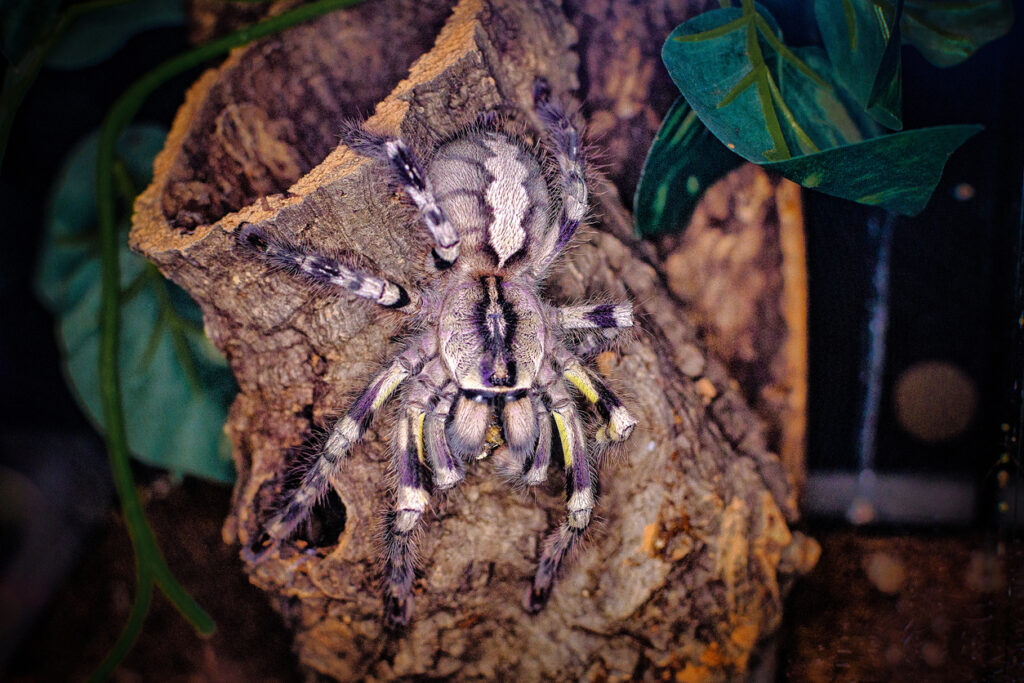
Tarantulas often look scarier than they actually are, but this one is a proper exception. It’s fast, large, and its bite causes extreme pain and cramping. It’s also known for being defensive. If it feels threatened, it won’t hesitate to bite. The venom isn’t usually fatal, but it can ruin your week. It lives in trees and sometimes turns up in homes, which makes it all the more unnerving.
Brown recluse spider (USA)
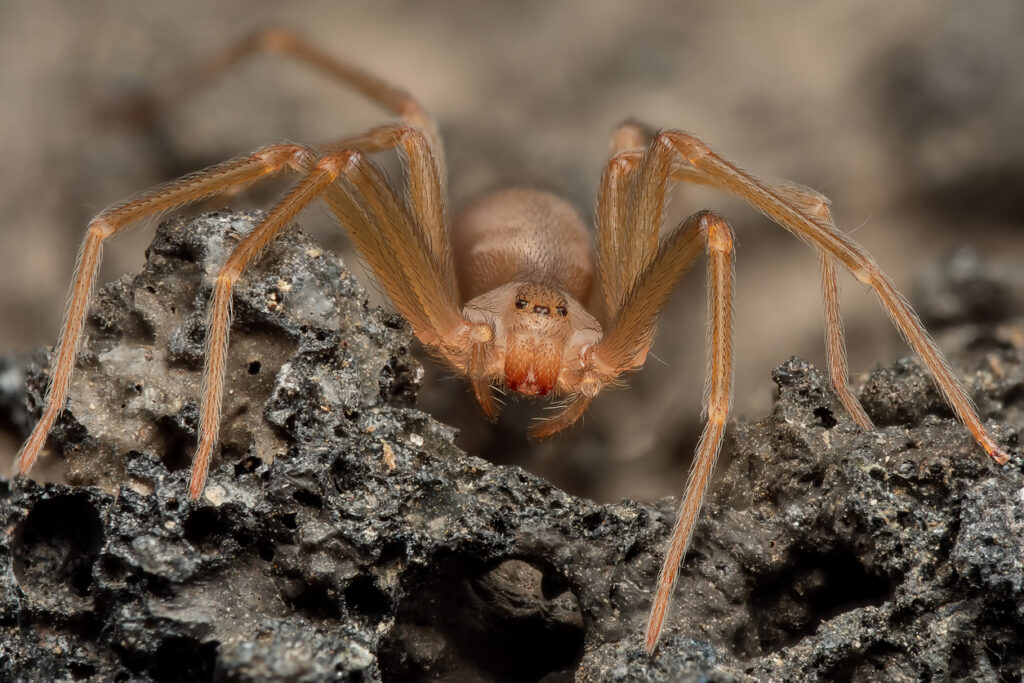
Another recluse, this time from the southern and central United States. Like its Chilean cousin, it’s not aggressive but packs a punch when it bites. The venom kills skin tissue and can cause deep ulcers that take weeks or even months to heal. Most bites happen indoors, when someone rolls over in bed or slips on a piece of clothing without realising what’s inside. It’s not a spider you want to share a house with.
Mouse spider (Australia)
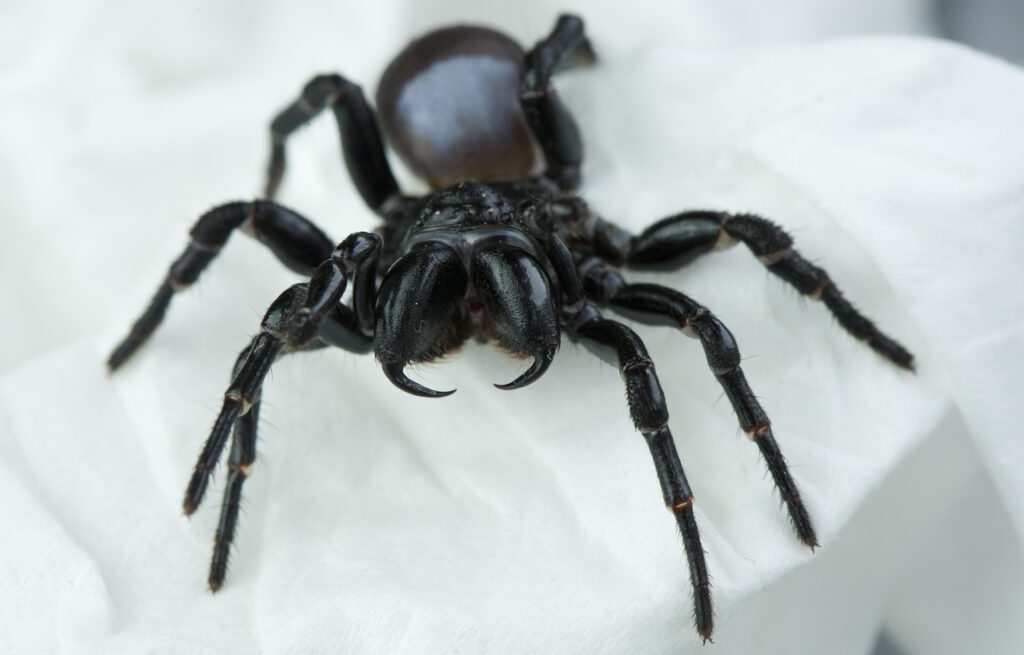
Another Australian entry, the mouse spider gets its name from its furry appearance—but don’t let that fool you. It has large fangs, a short fuse, and venom similar to the Sydney funnel-web. While it’s not quite as dangerous, it still warrants respect. They’re most active after rain, when they come to the surface looking for a mate. That’s when people usually stumble across them—literally. They’ve been known to bite when stepped on.
Mediterranean recluse spider (Southern Europe, North Africa)

This spider is slowly spreading through warmer parts of Europe and has a venom similar to other recluse species. It’s another one that hides away in dark corners and rarely bites unless pressed against skin. The main issue with this spider is that it’s sneaky—it doesn’t build big webs or make itself obvious. If you’ve been bitten and don’t notice until your skin starts to react, it’s already a problem. Thankfully, it hasn’t made its way to Britain.
Black widow spider (Worldwide, but not the UK)
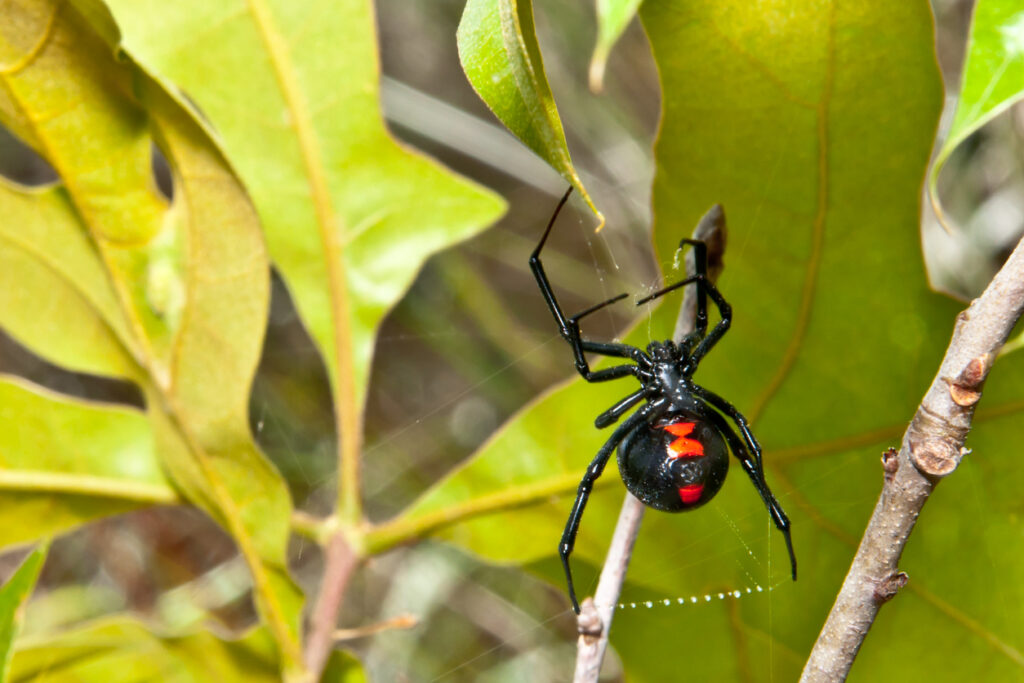
Easily one of the most recognisable spiders, with its glossy black body and red hourglass mark, the black widow lives in many parts of the world—but not the UK. Its venom affects the nervous system and can cause everything from pain and nausea to trouble breathing and muscle spasms. Deaths are rare, but bites are nothing to shrug off. They’re often found in sheds, garages, or woodpiles, especially in warmer regions. A bite can land you in hospital, which is reason enough to be glad they’re not scuttling around our gardens.
Yellow sac spider (Worldwide, but rare in the UK)
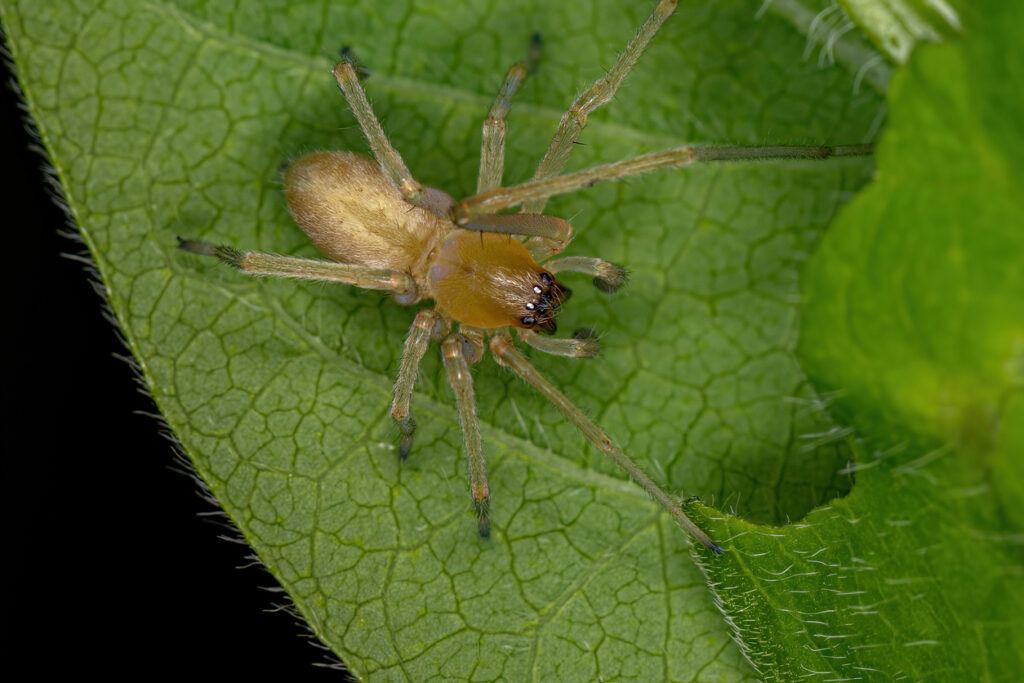
Technically, this one has been found in the UK, but very rarely—and that’s a good thing. These small, pale spiders are fast, defensive, and have venom that causes burning pain and blistering. They’re often found in corners of walls or ceilings, and tend to wander about at night. Their bite isn’t deadly, but it’s definitely unpleasant, especially as it sometimes gets mistaken for more dangerous species. If they ever became common here, it wouldn’t go unnoticed.